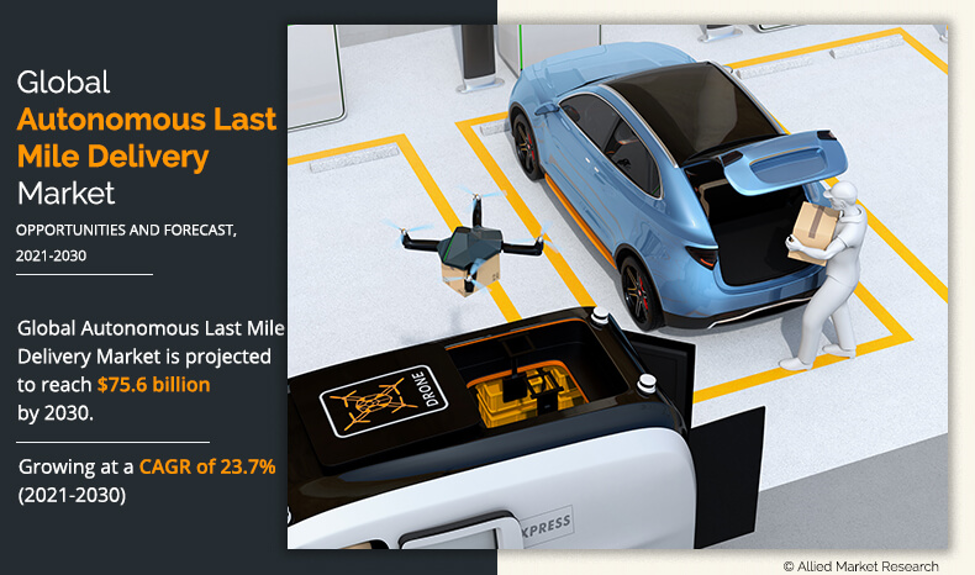Almost gone are those days when people used to carry heavy bags and wander around the brick-and-mortar store, browsing for their purchases. In this digital world, shopping has transformed. More and more often, customers are expecting the same-day delivery option. The competition among online retailers has led them to upgrade their services with various faster delivery options, including the same day, one-day, or one-hour delivery with tracking and tracing facilities.

In recent years, the retail industry has witnessed huge changes and improvements with its last-mile solutions. Offering delivery services possibly on every location in the given time is challenging. However, the set-up of last-mile warehouses in different locations boosted the product delivery services. Other than providing faster delivery, it resulted in minimizing supply chain costs as well. Moreover, advancements such as driver visibility, package tracking, and click-to-collect locations, the global last-mile delivery market has witnessed significant growth, says a report published by Allied Market Research. Furthermore, the rise in trading activities due to globalization, an increase in the popularity of omnichannel retailing, and a surge in e-commerce industry operations are some of the factors driving the growth of the industry.
Automation in Last-Mile Delivery Services
The amount of online shopping is increasing with every passing day. Offers and discounts for online shopping lead to an upsurge of customers. Yet, the possibilities of faster delivery for every customer lessen due to varied locations. The last-mile delivery services, therefore, have adopted technological advancements to achieve faster delivery procedures. Also, the automation in last-mile services has proved quite effective in its infancy. It holds the potential to transform the procedures of product deliveries. Several companies have tried robots and drones for delivery purposes.
After facing certain challenges in last-mile deliveries, and to offer convenient deliveries, many companies have turned towards autonomous solutions. After experimenting with driverless delivery vehicles and drones in certain universities and regions, these autonomous vehicles proved a better solution for delivering groceries and other orders while contributing to delivering faster and cheaper services.
The trend has been followed by the launch of self-driving food delivery services in Ann Arbor, Michigan. Rev-1, a self-driving robot, delivers the food from restaurants to the customers. The robot has 12 cameras and sensors for navigation and scanning, and it can be operated in streets, roads, and bike lanes. The autonomous vehicle can manage potholes and snow-covered roads as well.
The trend of autonomous vehicles for last-mile delivery is growing rapidly. The rise in demands for more of such solutions would let the industry march towards more progress. According to a report published by Allied Market Research, the global autonomous last-mile delivery market is expected to reach $75.65 billion supported by the CAGR of 23.7% by 2030. Moreover, with further technological advancements in autonomous delivery vehicles, the market is expected to progress even more in the coming years.
For more information on Autonomous Last Mile Delivery visit: https://www.alliedmarketresearch.com/autonomous-last-mile-delivery-market
For more information on Last Mile Delivery visit: https://www.alliedmarketresearch.com/last-mile-delivery-market
Akshita Pacholi has a master’s degree in English Literature and presently is working as a content writer with Allied Market Research.













